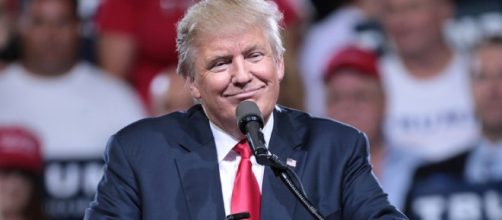It almost sounds like a joke. Donald trump hawked his tax proposal on Monday by saying that it would benefit farmers and the fine art world alike. You don’t expect something good for tillers of the soil to also advantage painting and sculpture. But there’s nothing funny about the president’s sales pitch because it’s not true. His aim to repeal the federal estate tax would only help heirs to keep their family fortunes. Cancelling the tax will allow collectors of valuable artworks to keep their cache for themselves in perpetuity.
Hoarding high art
Do I hear a so what? By keeping the estate tax in place, art collectors intent on reducing the millions that the IRS levies on their property, turn to donating their treasure to museums. Such charitable giving accounts for how these exhibit halls have been flourishing over the years. In his 1974 book “The Art Museum: Power, Money, and Ethics,” Karl E. Meyer wrote that without the legislative inducement to lower tax burdens with charitable giving, the contents of these treasure houses wouldn’t have grown and their very establishment wouldn’t even have occurred.
The French connection
Napoleon knew that privatizing painting and sculpture was a bad idea. Art of the world belongs to the world, not the precious few, he said.
So after the French Revolution, he opened the doors of the Louvre - which had long housed kings’ treasures - to the public. He even put this in writing, decreeing in France’s new constitution that the Louvre display its prized works to everyone. He also added to its holdings – the spoils of the wars he waged – to enrich the collection.
This accounts for why the Louvre is the largest museum in the world and the most frequented.
The American way
What’s all that got to do with American museums, you may ask? What’s it to us if they don’t add to their collections with charitable donations? The noted American art collector James Jackson Jarves had the answer for that back in the 19th century.
He said public collections are places of learning and he urged building them to allow people free access to the education they provide. His idea lives on. Even though these institutions of learning are forced to charge entry fees to meet budget needs – insurance, security, temperature control – the majority of them offer at least one free day.
Privatizing art
Jarves believed that displays of art from all nations and eras represent the history of the world. When he talked like that, the Civil War was raging and there wasn’t a single art museum in the land. But by the time he died in 1888, six had opened. “The right to see the world’s great art belongs to all citizens, “he said. If Trump gets his way many important paintings and sculptures of yesterday, today and tomorrow will belong to the precious few.


